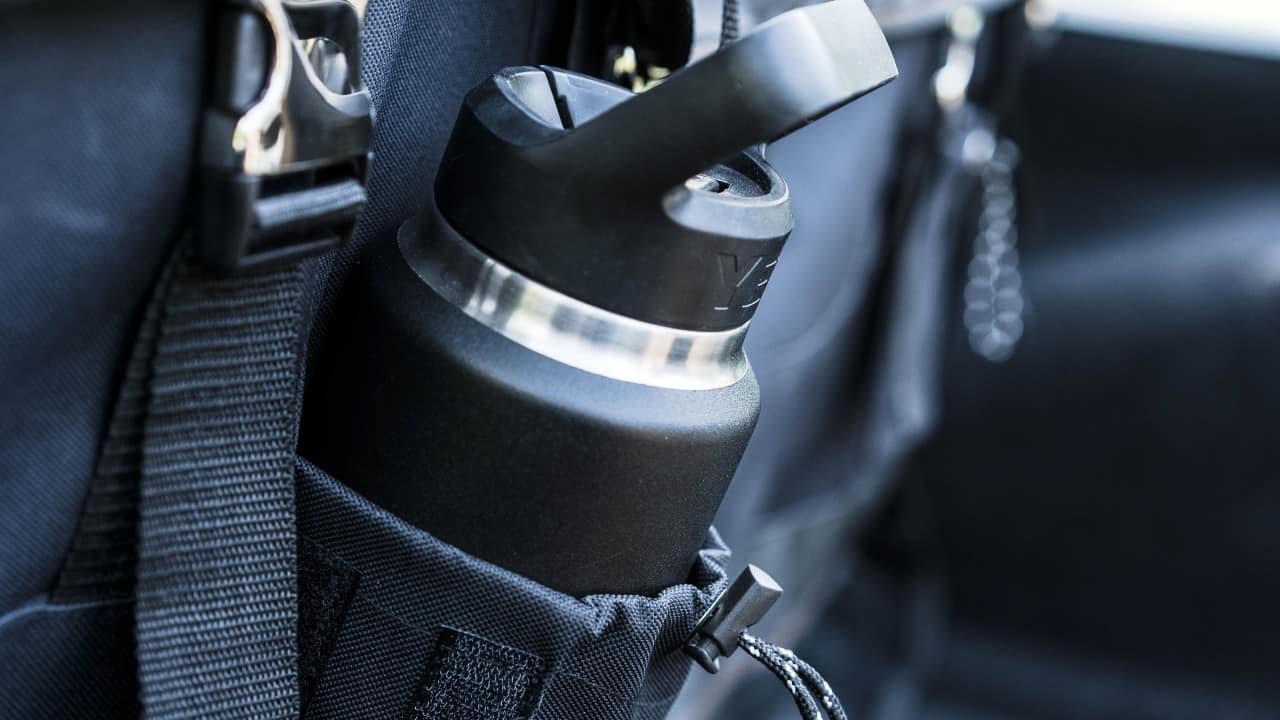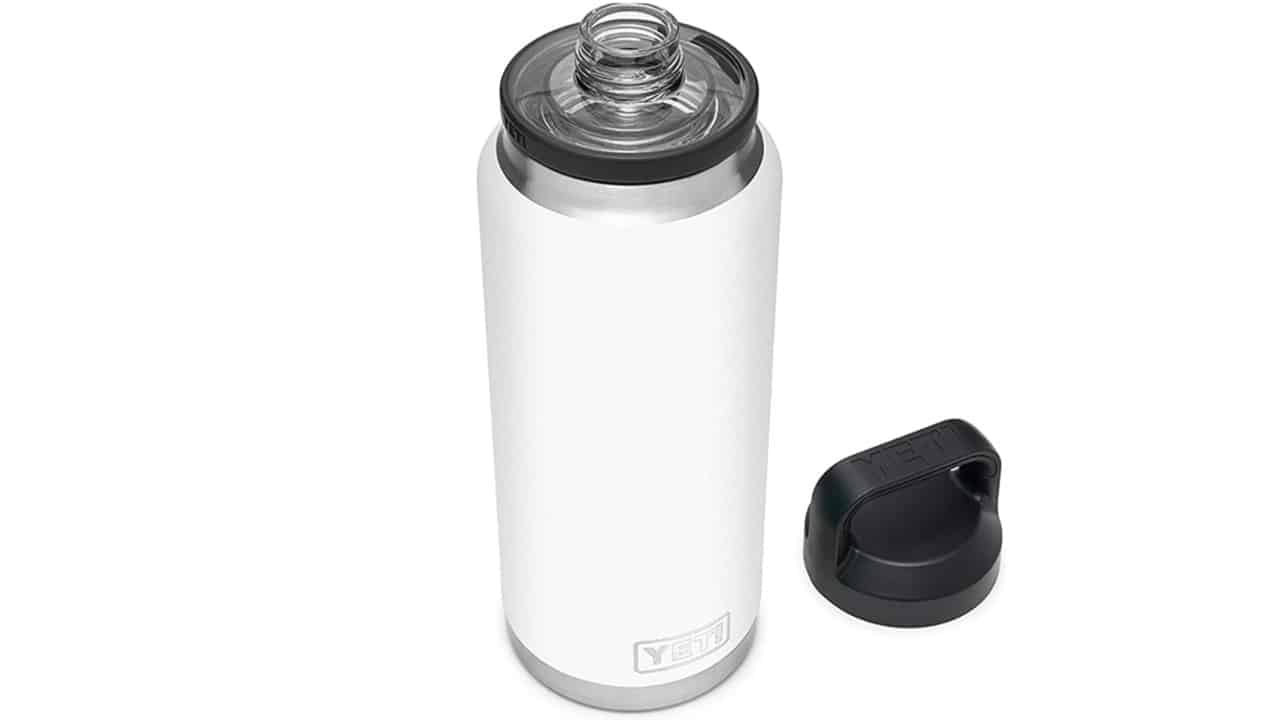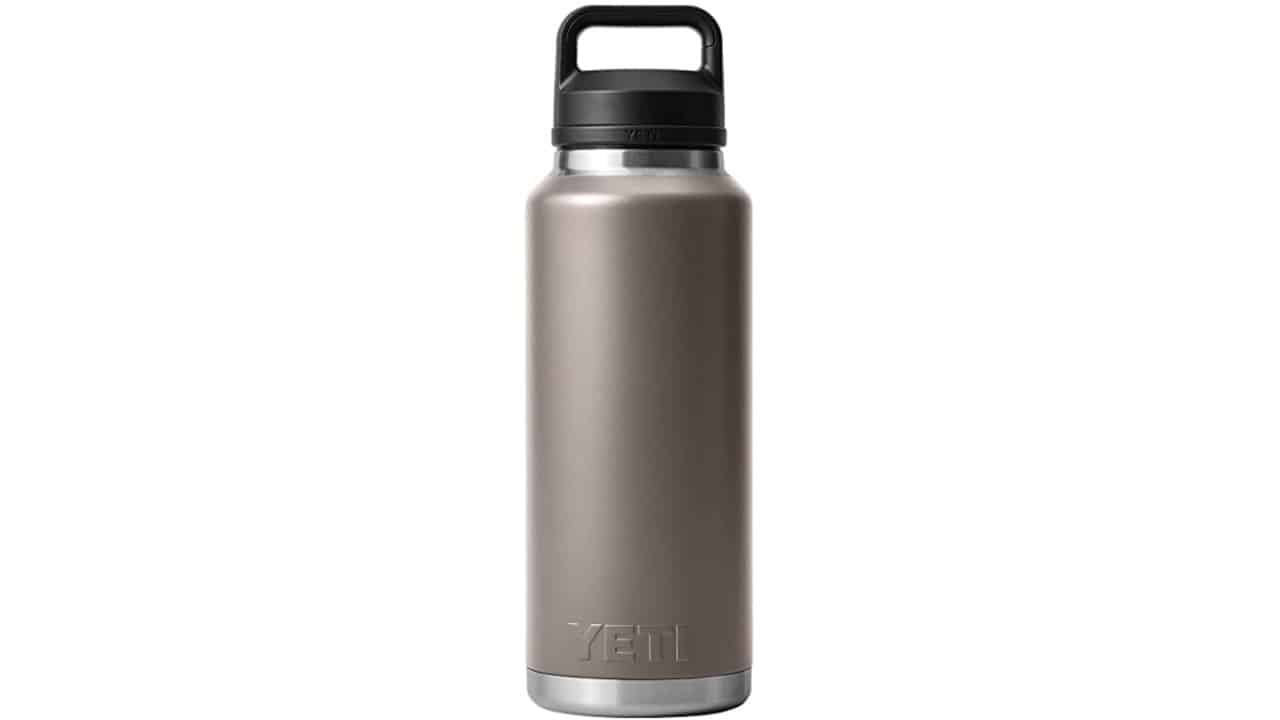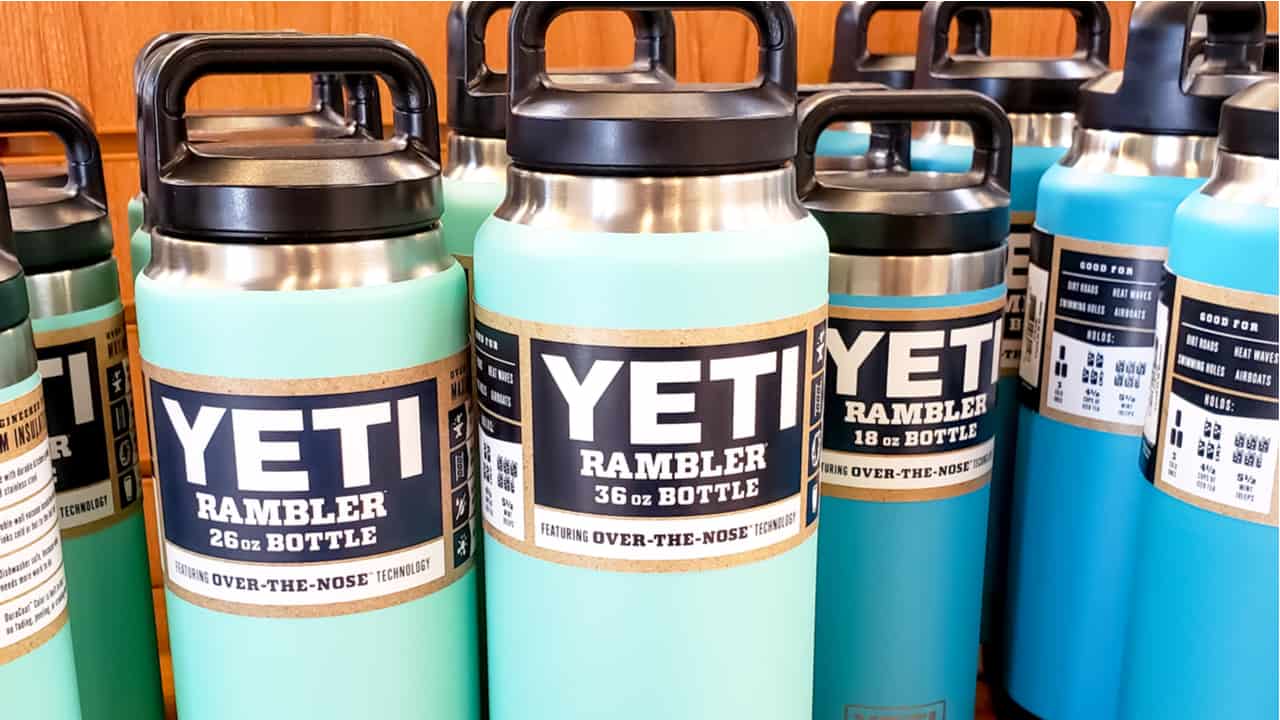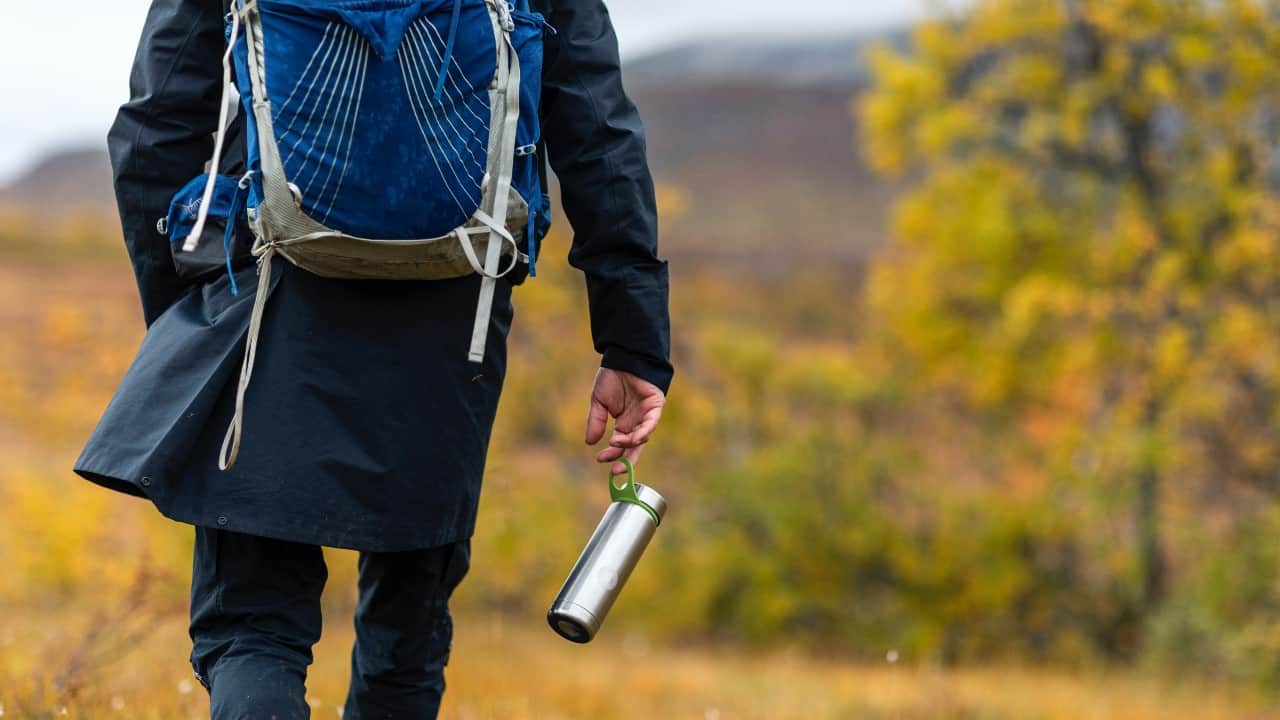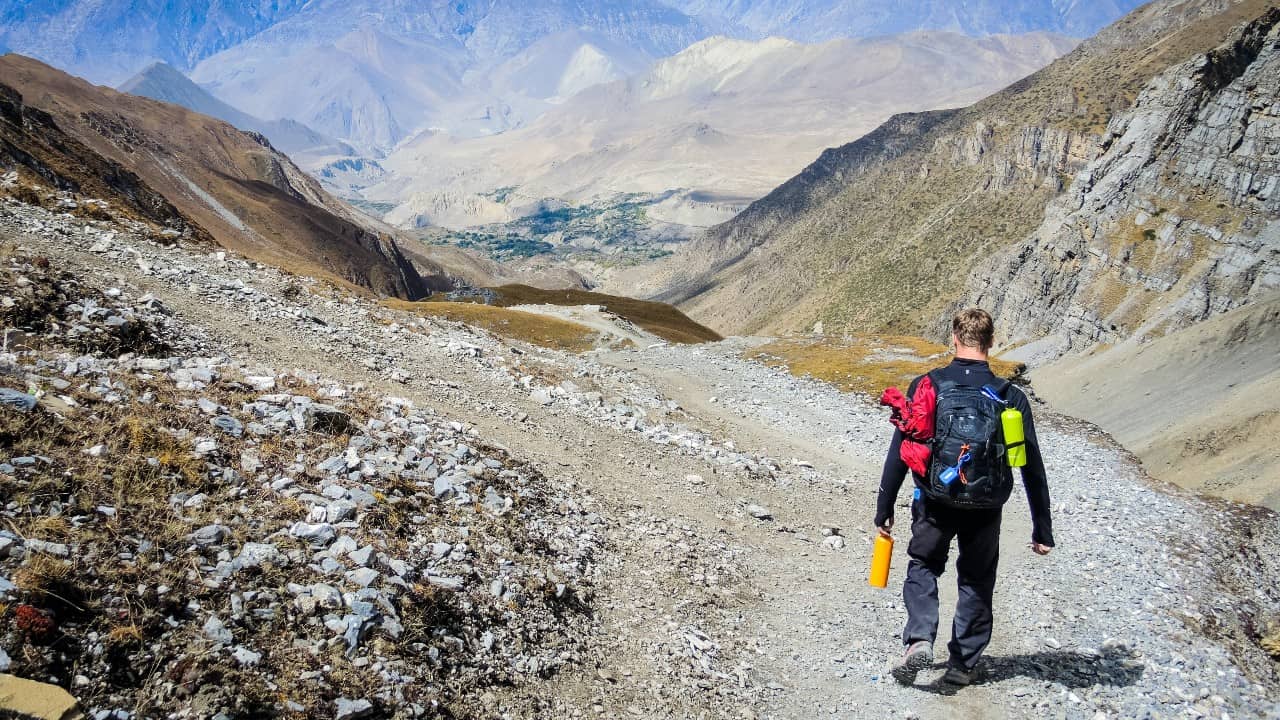In the world of stainless steel water bottles, brands like Hydro Flask, Takeya, and Yeti have become somewhat ubiquitous. And out of them all, Yeti is probably the most famous one – it is held in high regard by millions of outdoor enthusiasts all over the world.
There’s a good reason for that. This company’s drinkware stands above the competition with its incredible durability, user-friendly design, and performance that easily blows the rivals out of the water.
If you’ve already decided to go with this brand, you probably have one last dilemma left – that of the size. Truth be told, there is only one major difference between the two Yeti bottles I’ll be taking a look at here – the 46 oz variant is around 12% bigger than the 36 oz version.
However, I will still try to determine whether this difference in size has an impact on the performance of these two bottles in several different categories.
Yeti 36 oz vs 46 oz – Product Overview
Yeti Rambler 36 oz Stainless Steel Bottle
Specifications:
- Weight: 1.61 lbs
- Dimensions: 10.75” x 3.75” x 3.75”
- Available Colors: 19
One of Yeti’s most popular pieces of reusable drinkware, this stainless steel bottle effortlessly maintains the temperature of cold and hot drinks for hours on end. Besides durable stainless steel, the model also has some elements made out of BPA-free plastic.
Its chug cap features a shatter-resistant construction and allows easy drinking on the go. Other features worth mentioning are the DuraCoat finish – which is immune to cracks, peels, and fading – as well as the fact that this reusable bottle is dishwasher-safe.
Pros:
- Crack-resistant DuraCoat finish
- Shatter-resistant Chug Cap
- Superb thermoregulation
Cons:
- Expensive
Yeti Rambler 46 oz Stainless Steel Bottle
Specifications:
- Weight: 1.72 lbs
- Dimensions: 12” x 4” x 4”
- Available Colors: 9
Pretty much everything I said for the 36 oz model above applies to this one as well. This Yeti bottle is also durable due to its stainless steel construction and the DuraCoat finish, and it also provides a phenomenal performance when it comes to keeping hot drinks hot and cold drinks cold.
The only major difference is the size – this is a genuinely large reusable bottle that simply doesn’t fit into places most bottles are designed to fit in, such as backpack pockets or car cup holders. On the plus side, it can store a lot of water and doesn’t require frequent refilling. It’s, without a doubt, one of the best stainless steel water bottles.
Pros:
- High-performing vacuum insulation
- Durable construction
- Large capacity
Cons:
- Expensive
Yeti 36 oz vs 46 oz – The Comparison
Ease of Use
Both of these bottles feature a truly convenient design. A smooth rim, an exceptionally wide mouth, and an easy-to-hold carrying handle make using them a breeze. Also, their wide bodies and simple lids make giving them a quick rinse as easy as it gets.
One quality-of-life feature I particularly liked is the so-called TripleHaul cap. It is present on both models and, as its name suggests, it’s a handle that allows the owner to carry the bottle with three fingers. Believe me when I say that those two extra fingers make a huge difference, particularly when you’re hauling the 46 oz bottle.
The Chug Cap, on the other hand, fits inside the wide mouths of these bottles and completely eliminates spillage. In the case of the 36 oz model, it also allows quick and easy one-handed drinking, which can’t really be said for the 46 oz bottle. While the Chug Cap is certainly a welcome addition, the 46 oz variant is too large to be easily used with just one hand, with or without this extra feature.
Durability
Both of the Yeti bottles I’m comparing in this article are made out of the same materials and, therefore, have the same durability. Like most of the other products from the Rambler lineup, they are made out of 18/8 stainless steel, which makes them very resistant to dents and punctures.
Just as I expected, both variants performed quite well in my drop tests. I dropped both models on a concrete surface from a height of about 5 feet and only the 46 oz bottle ended up with a small indentation on its bottom, mostly because of its weight. And even with this dent, the model barely had any wobble to it.
In any case, both of these models feel very rough and sturdy and you’ll make no mistake by opting for either one of them if you really care about the durability of your hiking bottle. Make sure to be a bit more careful with the 46 oz variant, though – it is heavier and could suffer more damage during an accidental drop.
Taste
One of the greatest things about Yeti stainless steel bottles is that they don’t hold flavors for long periods. What is more, they also don’t impart a metallic taste to the drinks inside of them, which is something you can’t really say for the cheaper models made by the no-name brands.
For my test, I decided to use an electrolyte drink mix, as these are quite notorious for their capability to linger inside bottles after only one use. I filled both bottles with this mix and left them sitting for 24 hours. After that, I rinsed both flasks, refilled them with clean water, and then took a few sips from each – the taste of the electrolyte mix was barely detectable.
So, in summary, the size made no difference here – both the 36 oz and the 46 oz variant performed extremely well in the taste department.
Weight
Obviously, this is the category where these two Yeti stainless steel bottles differ the most. As they have different volumes, they also have different weights – the 36 oz version weighs 1.61 pounds (25.7 ounces) while the 46 oz model weighs 1.72 pounds (27.5 ounces).
In my opinion, the 46 oz bottle is definitely not the one you’ll want to take on ski tours, overnights, or any kind of extended excursions. While it’s true that it can provide you with more water, coffee, tea, or any other drink, it also weighs more and can make your backpack unnecessarily bulky.
I should also point out that neither of these two bottles is suitable for those who really want to cut down on their backpack weight. For such individuals, an 18-ounce or a 26-ounce Rambler bottle would be a much better option. If you think that Yeti isn’t the best bottle for you after all, check out our post on the best Yeti alternatives as well.
Wrapping It Up…
So, which one of these two Yeti Rambler bottles is a better choice for you? As you can probably already guess, there is no clear answer to this question. This is mostly due to the fact that these flasks are pretty much identical – the only difference is in their sizes.
Therefore, you should opt for the larger, 46-ounce variant only if you’re someone who needs a lot of water/tea/coffee for your hiking adventures, gym sessions, or office shifts. Keep in mind that is a large bottle that cannot be easily used for drinking on the go and is, therefore, not a suitable choice for runners and other very active people.
The smaller, 36-ounce version is still a sizeable stainless steel bottle but also one that is more practical for everyday use when compared to its larger cousin. If you need a bottle that is relatively comfortable enough to be carried around town but which can still hold a decent amount of water, this one is a better option. Check out our Hydro Flask vs RTIC bottle comparison and our Hydro Flask and Yeti comparison as well.

I love hiking, backpacking, and camping. From the Camino de Santiago to the West Highland Way in Scotland or simply a great day hike on the weekend. Hiking refreshes me, my mind, and keeps my body reasonably fit. So far I have walked three Camino routes and many other long distance hikes in the UK, Canada, and around the rest of Europe. One of the best was my hike up Ben Nevis.

